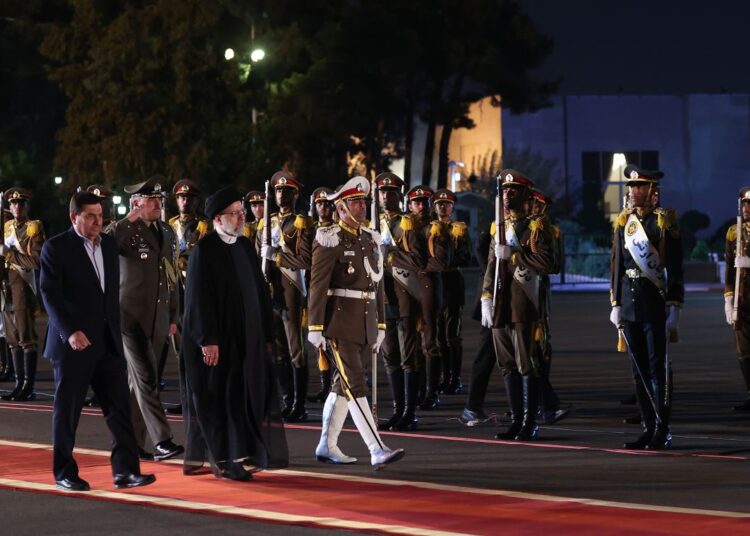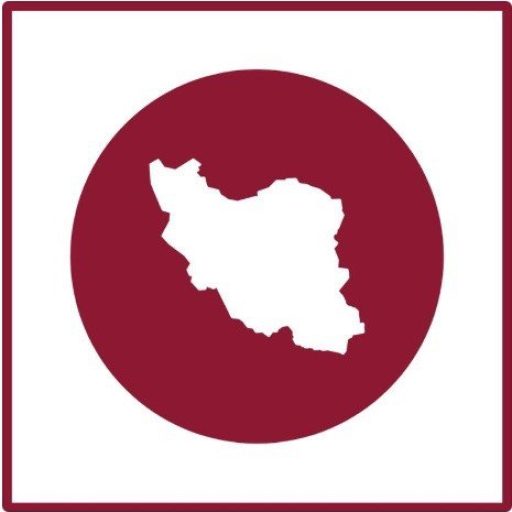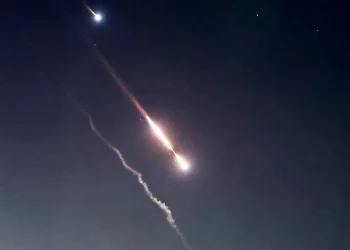The journey of Iran’s President Ebrahim Raisi to South Africa, participating in the BRICS assembly, demonstrates a profound indication of Iran’s aspiration to align itself as a member of the BRICS. Irrespective of the membership proposition, the presence of the Iranian president amongst the BRICS assembly is of significant emphasis, especially concerning bilateral negotiations occurring with the leaders of the world powers during intermissions within the assembly.
An official application to partake within the BRICS has been duly submitted by Iran. This has been followed by an arrangement of numerous diplomatic interactions with the countries presently engrossed within the BRICS collective in the preceding months. The BRICS leaders approved a document at their Johannesburg gathering, setting forth the tenets and governing principles pertinent to the group’s expansion. According to experts and some observations, the progression of Iran’s assimilation into BRICS appears to be elementary from a political standpoint. However, it is anticipated that this could transform into a labyrinthine endeavor, sprinkled with impediments from a technical and fiscal lens. Regardless, Iran’s impending assimilation in BRICS may represent a significant juncture in national, regional and international developments, beneficial to Iran and particular members of BRICS, notably China and Russia.
Over the past few years, there has been a surge of interest regarding Iran’s incorporation into global political and economic blocs, institutions and groups. The foundation of these endeavors mirrors the functionalist perspective prevalent amongst Iranian political and economic thinkers. These experts posit that membership within regional and international coalitions, predominantly of economically oriented ones, would bolster the nation’s economic growth while providing a fortified defense mechanism against geopolitical modifications and structural shifts on the global spectrum. In this context, the BRICS has emerged as one of cornerstones in Iran’s foreign policy, owing to its burgeoning prominence in the international political economy and the shifting geopolitical contours globally.
Iran maintains good political connections with the entirety of the main quintet constituting the BRICS group – Brazil, Russia, India, China and South Africa. The economic ties Iran nurtures with power players, such as China, India and Russia, are of unique importance.
The driving forces propelling Iran to seek membership within BRICS encompass international recognition, shaping geopolitical and geo-economic relationships with ascending global powers, nurturing the nation’s developmental agenda, elevating its regional and international status, enticing fresh partners on an economic front at the regional and global level, procuring novel monetary resources, and establishing accessibility to the latest findings in technology. Furthermore, it includes innovation in knowledge-based production, agriculture, food security, commerce and augmenting potentialities to respond to international sanctions.
The BRICS arrangement is cementing its internal infrastructure to enhance economic prowess at a global level. The central aim of such institutions is to buttress the progression of member nations and fortify their regional and global status. The foundation of autonomous financial institutions distinct from western establishments symbolizes BRICS’s most crucial success in advancing convergence and its most important advantage in the altered global economic arena.
Within BRICS, two financial pillars are perceived as the backbone of group’s capacity, both holding prospective advantages for Iran. The New Development Bank of BRICS remains the central fiscal pillar furthering the shared and converging roles of these nations in the global economy. One would depict the New Development Bank as an institutional body founded in 2014, with the principal intent to subsidize infrastructural pursuits in the BRICS nations along with other emergent markets. The bank, whose capital status stands at a robust 100 billion dollars, is strategically situated in the bustling city of Shanghai, China. The charter that begot this bank delineates its role as an aid to both government and private development ventures of its members, proffering loans, guarantees, consultation services, project share participation, along with other such monetary instruments.
A further critical entity birthed to promote financial congruity among the BRICS affiliations is the BRICS Reserve Bank. Underpinning this notion is the BRICS Contingent Reserve Arrangement (CRA)— a mechanism for financial cooperation contrived to lend a hand to group members amid potential fiscal challenges or crises. The year 2014 witnessed the genesis of this BRICS-born mechanism.
Peering through the lens of Iran, the vision is to tap into the financial assets on offer through both the New Development Bank and the BRICS reserve mechanism, effectively describing its main goal of entering the BRICS community. United States-imposed financial sanctions place considerable constraints on Iran’s venture to access the resources from these two establishments. Nevertheless, in the ongoing de-dollarization process, BRICS has fashioned unique methods to facilitate loans and services to members, potentially lessening the repercussions of the sanctions and fostering enhancement in Iran’s collaborations with BRICS’ financial institutions. The New Development Bank brings to the table efficacious methods such as advancing loans in the national currency of BRICS members, cryptocurrency, and currency exchanges, to render services to these members.
Indeed, the merging of Iran into BRICS’ economic infrastructure may presumably pose alignment challenges in matters of economic policies, regulating methods, and trade laws and regulations, harmonizing with the incumbent and new BRICS members alike. Guaranteeing the administrative system’s coordination and compatibility with BRICS bodies in areas such as customs, tariffs, and investment rules necessitates a lengthy period and intricate expert evaluations.
Looking ahead to Iran’s strategy
Experts hold the belief that instead of Iran seeking BRICS membership, it could aspire to be a constituent of the financial institutions within this group, specifically, the New Development Bank. Other nations, like Bangladesh, Egypt, and the United Arab Emirates, have opted for this path of joining the New Development Bank and its contingent reserve mechanism, foregoing a full BRICS membership. This strategy, in the short term, could allow Iran to clear the path for eventual full membership, without being bound by political obligations.
Furthermore, specialists underscore the necessity of balance in the possible obligations that Iran may assume in the BRICS membership process. Despite some BRICS countries taking a stance against the West, Iran needs to contemplate potential challenges with the West and pre-existing agendas. Multilateralism stands as one of Iran’s strategies to mitigate the effects of US sanctions, striving to augment its capacity for international institutional membership, including BRICS. However, Iran’s multilateralism should not be hindered by its membership in BRICS.
Simultaneously, whether Iran secures full membership, or merely accords with BRICS’ financial institutions, it is advisable for Iran to leverage its political capacity in dialogues with powers like China, India, and Russia. The ultimate goal would be to secure financial backing and strategic contracts for the enhancement of vital arteries and ports, such as Chabahar. The North-South Corridor, featuring both Russia and India as members, could serve as a robust connection point strengthening both BRICS and Iran’s added value for the group.






